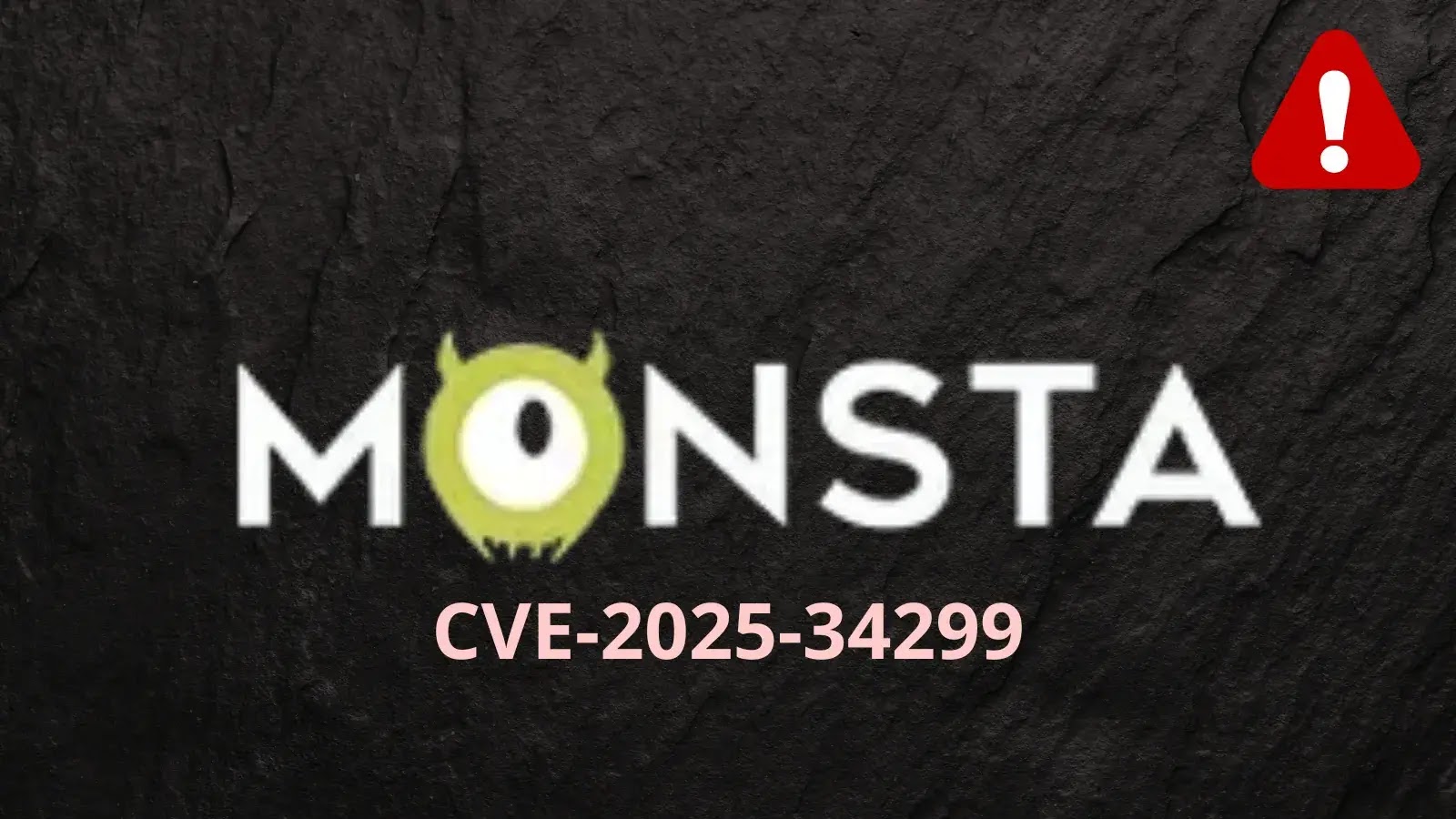The Russian-affiliated cyber espionage group known as Shuckworm, also referred to as Gamaredon or Armageddon, has intensified its cyber operations against Ukraine, showcasing a significant evolution in its attack methodologies. Recent campaigns have demonstrated a strategic shift towards the utilization of sophisticated PowerShell-based malware, notably the GammaSteel infostealer, enhancing the group’s stealth and persistence capabilities.
Background on Shuckworm
Active since at least 2013, Shuckworm has consistently targeted Ukrainian government, law enforcement, and defense sectors. Ukrainian officials have publicly stated that the group operates on behalf of the Russian Federal Security Service (FSB). The group’s operations are characterized by rapid execution, often prioritizing speed over operational security, which has led to identifiable patterns in their attack infrastructure.
Recent Campaigns and Tactical Shifts
Between February and March 2025, Shuckworm launched a series of cyber attacks focusing on a Western country’s military mission based in Eastern Europe. This campaign marked a departure from their previous reliance on Visual Basic Script (VBS) tools, transitioning instead to PowerShell-based malware. This shift allows for increased obfuscation and the ability to store malicious scripts directly within the Windows Registry, thereby reducing the malware’s footprint on disk and enhancing its persistence.
Infection Mechanism and Attack Chain
The attack sequence initiated with the use of infected removable drives, indicating the group’s awareness of potential air-gapped environments in military settings. The infection process unfolded as follows:
1. Initial Compromise: A malicious LNK (shortcut) file on an external drive was executed, triggering the mshta.exe process to run embedded JavaScript code.
2. Execution of Obfuscated Scripts: The JavaScript code led to the execution of heavily obfuscated VBScript files, which established persistence mechanisms and initiated contact with command and control (C&C) servers.
3. Deployment of GammaSteel Infostealer: The VBScript files facilitated the deployment of the GammaSteel malware, a PowerShell-based infostealer designed to exfiltrate sensitive data from compromised systems.
GammaSteel Malware Capabilities
GammaSteel exhibits several advanced features that enhance its effectiveness:
– Data Exfiltration: The malware targets specific file types, including .doc, .docx, .xls, .pdf, and other document formats, while avoiding system directories containing strings like windows or appdata.
– Stealth and Persistence: By leveraging PowerShell, GammaSteel achieves a higher level of obfuscation. It stores its components across multiple Registry values, complicating detection and removal efforts.
– Communication Methods: For data exfiltration, the malware employs PowerShell web requests to Cloudflare-based domains. As a fallback, it utilizes cURL with Tor network proxying to mask the origin IP, thereby enhancing the anonymity of the data transfer.
Implications and Mitigation Strategies
Shuckworm’s adoption of PowerShell-based tools like GammaSteel signifies a notable advancement in their cyber capabilities, posing increased challenges for detection and mitigation. Organizations, particularly those in the defense and government sectors, should implement comprehensive security measures, including:
– User Education: Conduct regular training sessions to raise awareness about phishing tactics and the risks associated with removable media.
– Endpoint Protection: Deploy advanced endpoint detection and response (EDR) solutions capable of identifying and mitigating PowerShell-based threats.
– Network Monitoring: Implement robust network monitoring to detect unusual data exfiltration patterns and unauthorized communications with external servers.
– Access Controls: Enforce strict access controls and regularly audit user privileges to minimize the risk of unauthorized access.
By adopting these strategies, organizations can enhance their resilience against sophisticated cyber threats posed by groups like Shuckworm.



